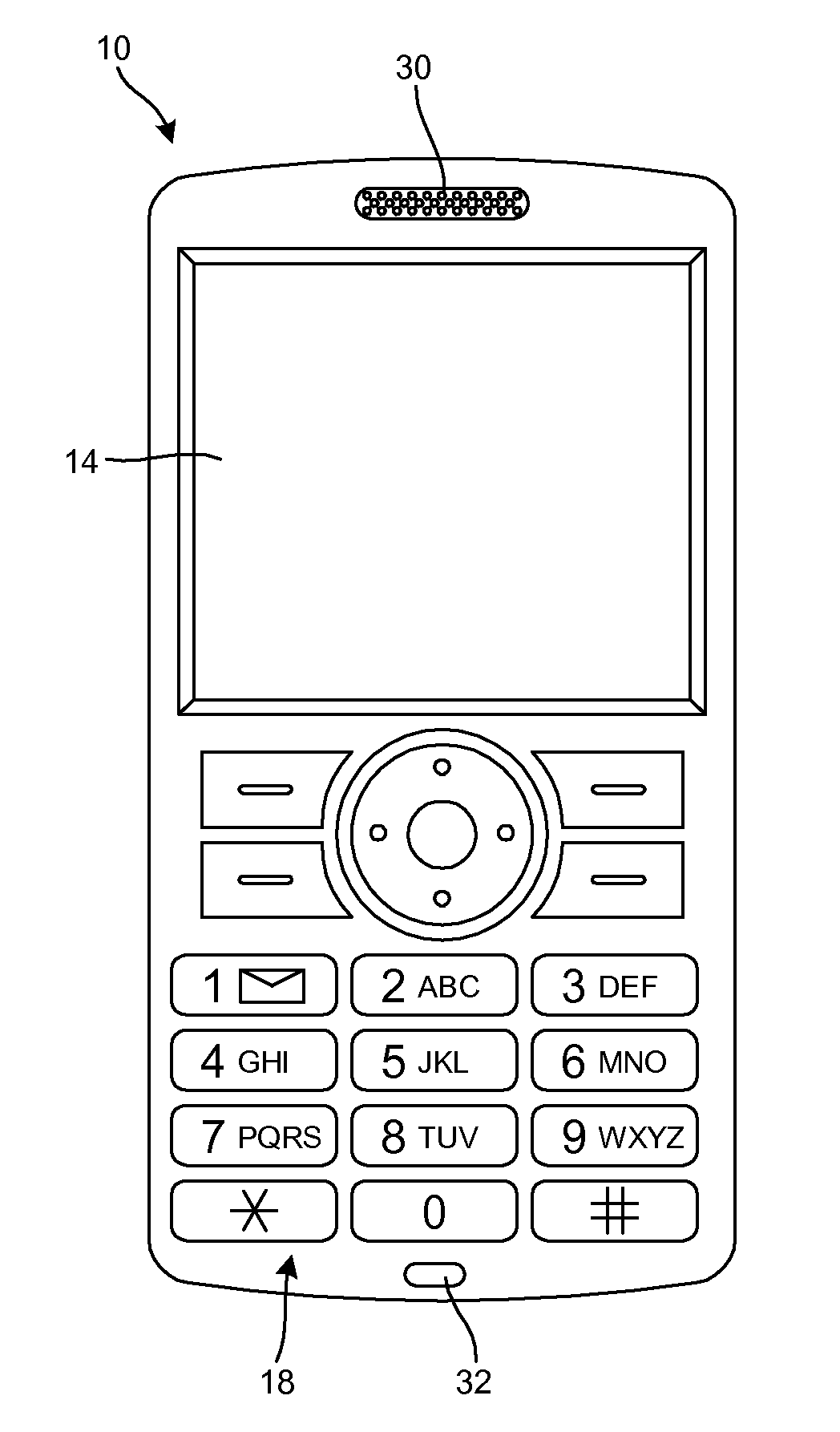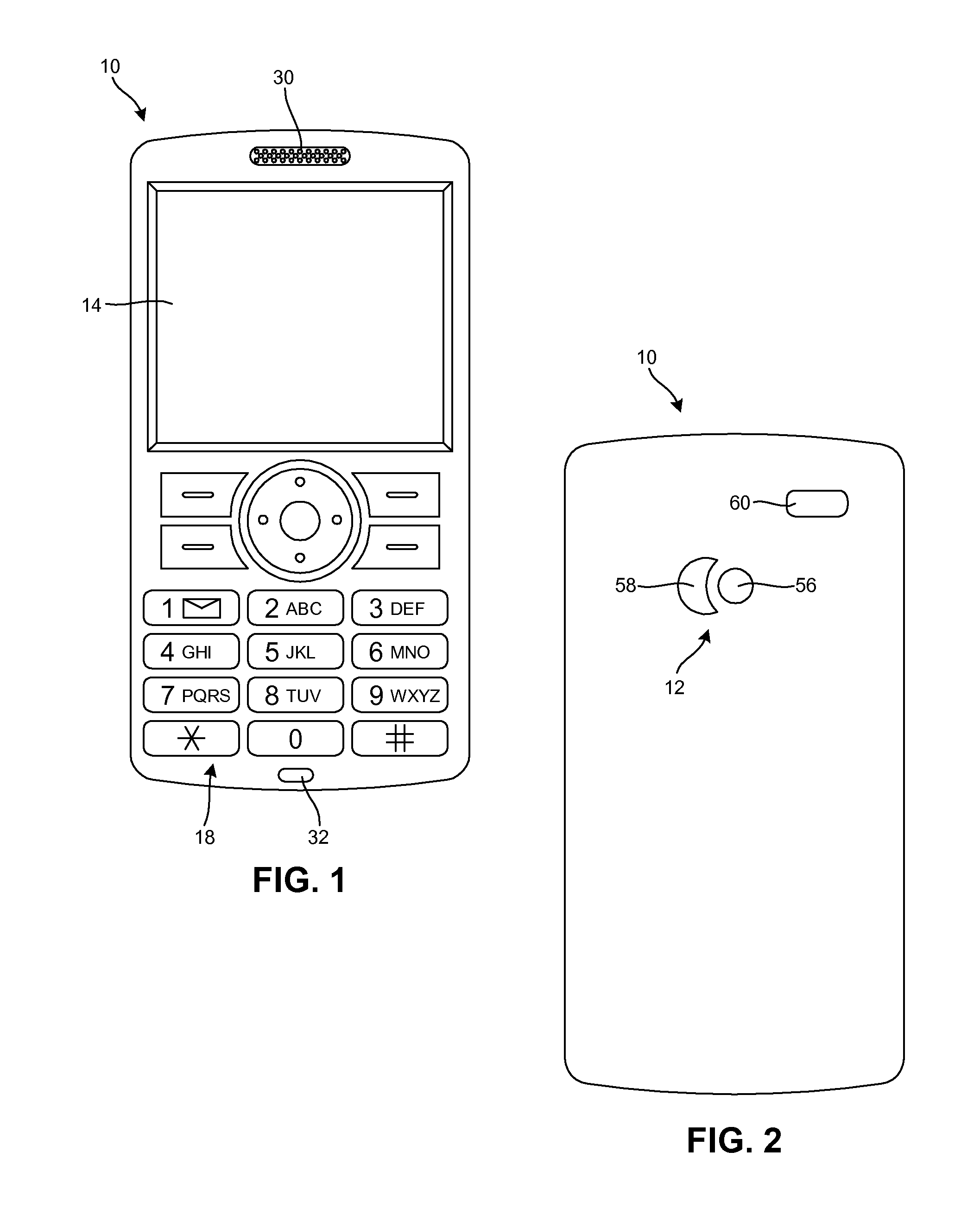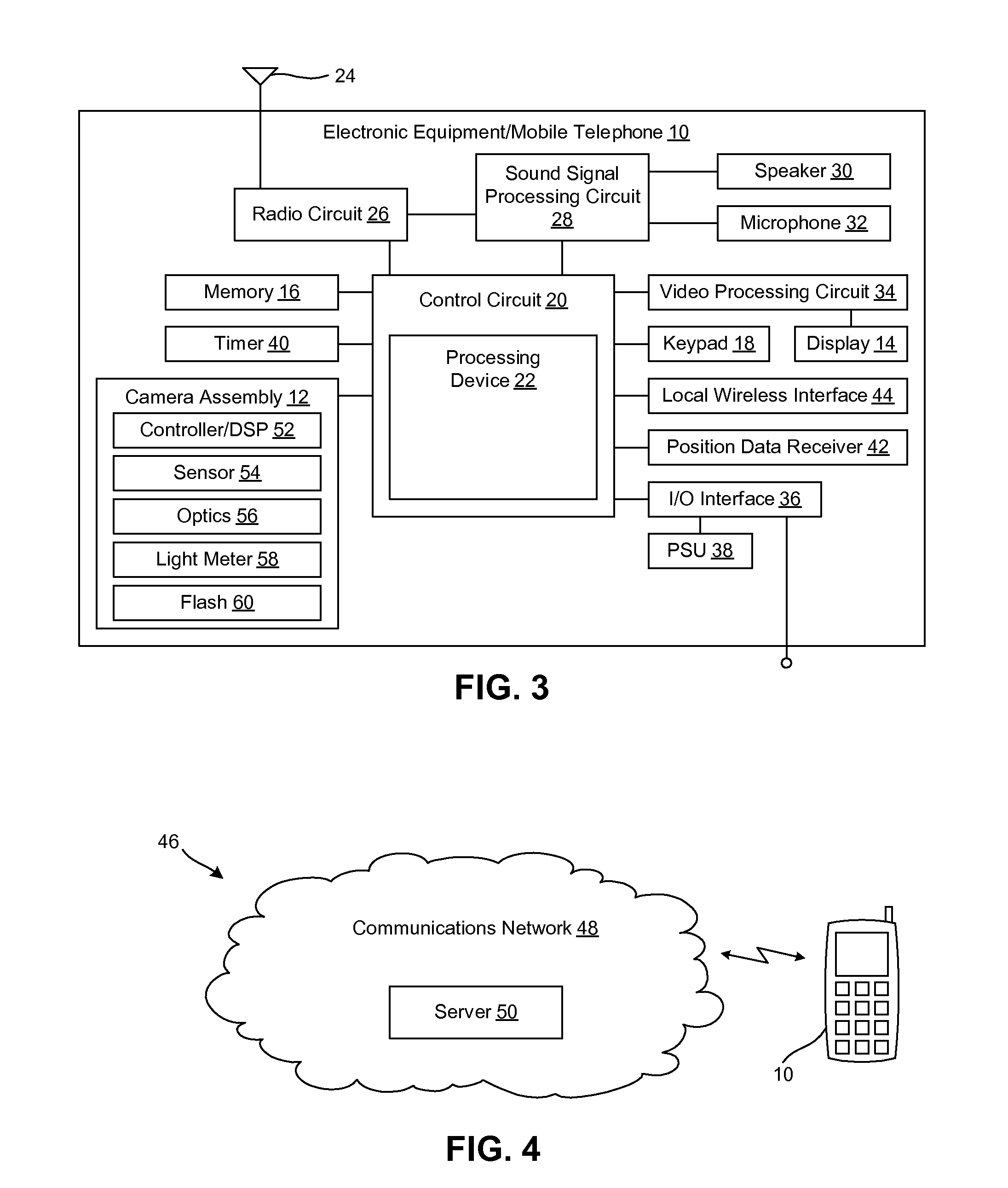System and method for camera metering based on flesh tone detection
a camera and detection system technology, applied in the field of photography, can solve the problems of overexposure of people's faces, ineffective spot metering, and insufficient light of faces in resulting photographs, so as to improve the image quality of people appearing, improve the quality of photographs, and high degree of detail
- Summary
- Abstract
- Description
- Claims
- Application Information
AI Technical Summary
Benefits of technology
Problems solved by technology
Method used
Image
Examples
Embodiment Construction
[0036]Embodiments of the present invention will now be described with reference to the drawings, wherein like reference numerals are used to refer to like elements throughout. It will be understood that the figures are not necessarily to scale.
[0037]Aspects of the invention relate to photography. The techniques described herein may be applied to taking photographs with a digital still camera and to taking video with a digital video camera. It will be appreciated that some digital cameras are capable of taking both still images and video. The techniques described herein also may be used in conjunction with a film camera, if the camera is equipped with a suitable sensor for detecting flesh tones as described herein.
[0038]The techniques described herein may be carried out by any type of electronic device that includes a camera. For instance, a dedicated still and / or video digital camera may be constructed in accordance with the present invention.
[0039]As another example, many mobile te...
PUM
 Login to View More
Login to View More Abstract
Description
Claims
Application Information
 Login to View More
Login to View More - R&D
- Intellectual Property
- Life Sciences
- Materials
- Tech Scout
- Unparalleled Data Quality
- Higher Quality Content
- 60% Fewer Hallucinations
Browse by: Latest US Patents, China's latest patents, Technical Efficacy Thesaurus, Application Domain, Technology Topic, Popular Technical Reports.
© 2025 PatSnap. All rights reserved.Legal|Privacy policy|Modern Slavery Act Transparency Statement|Sitemap|About US| Contact US: help@patsnap.com



